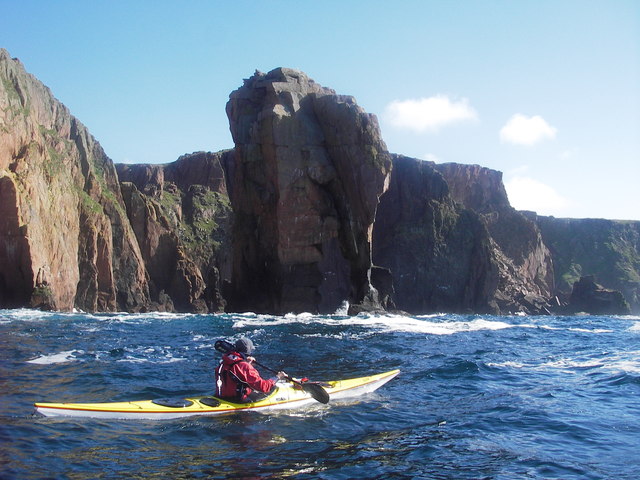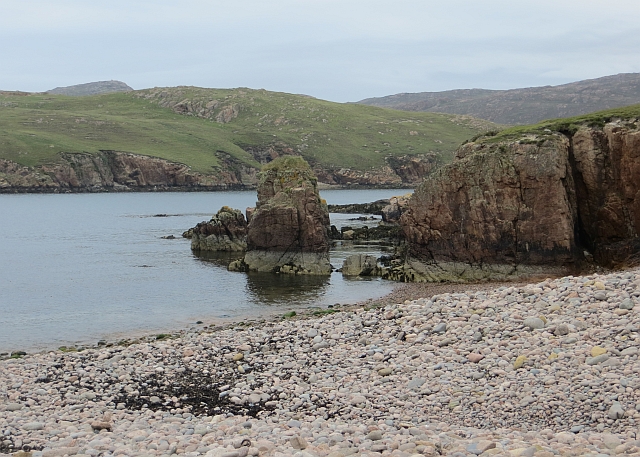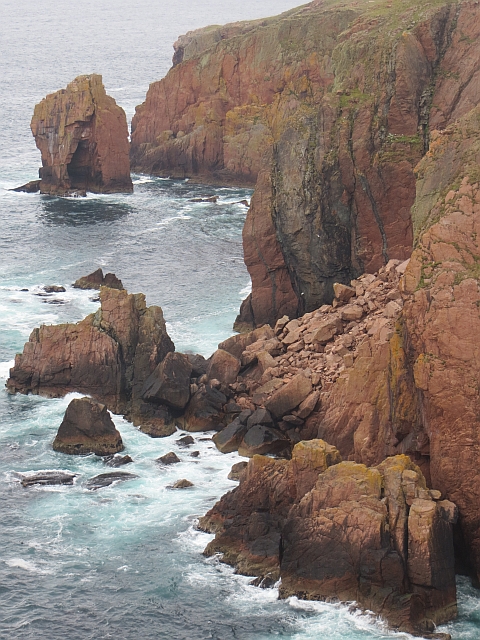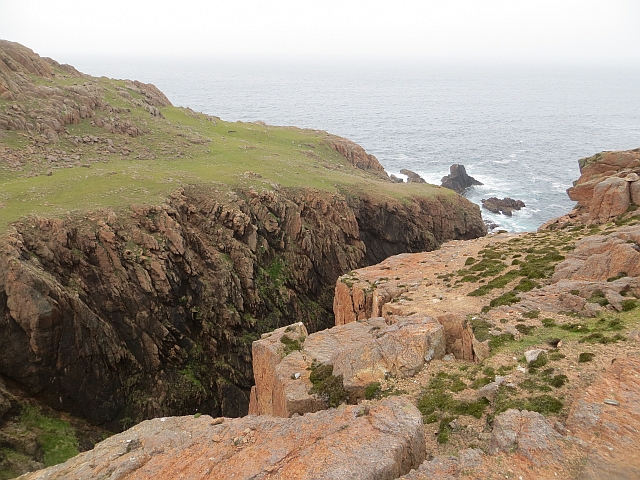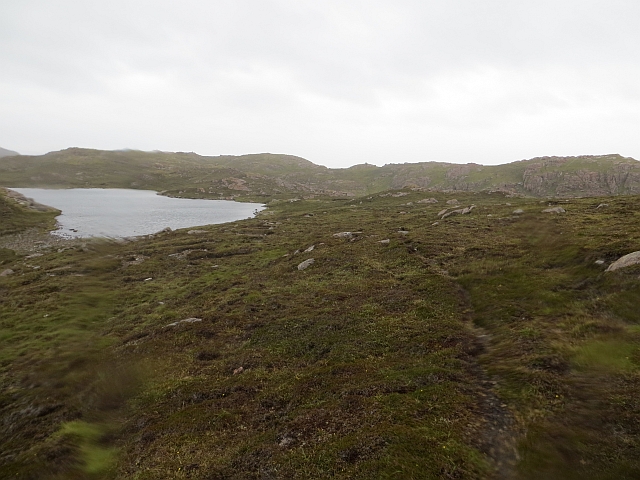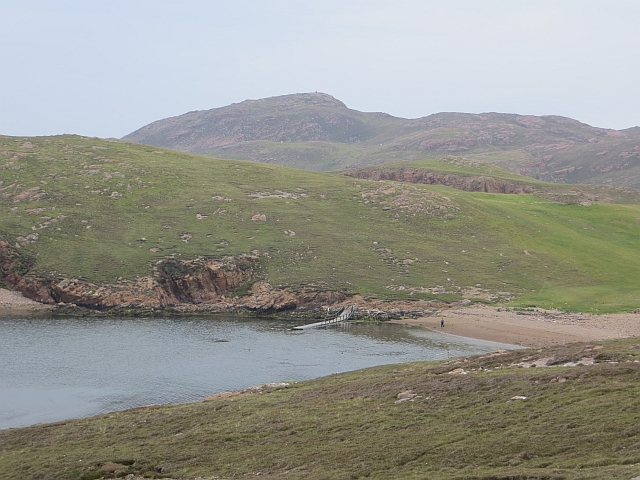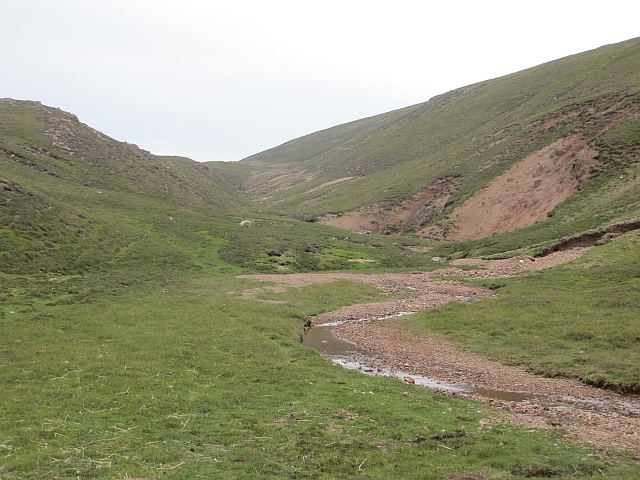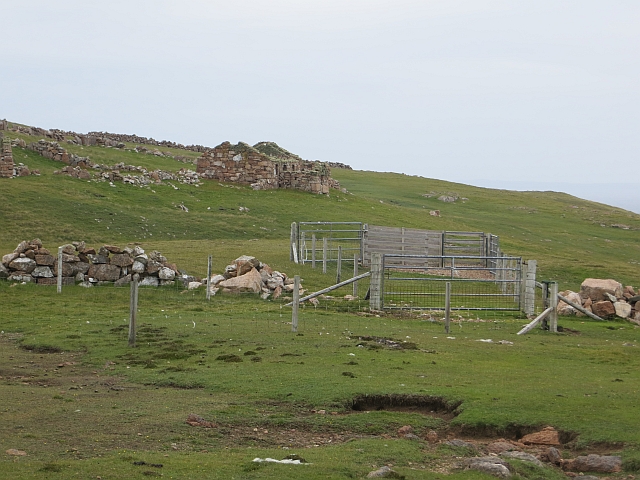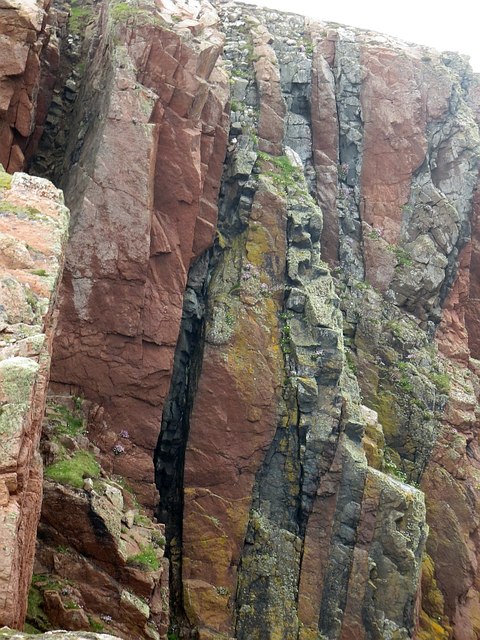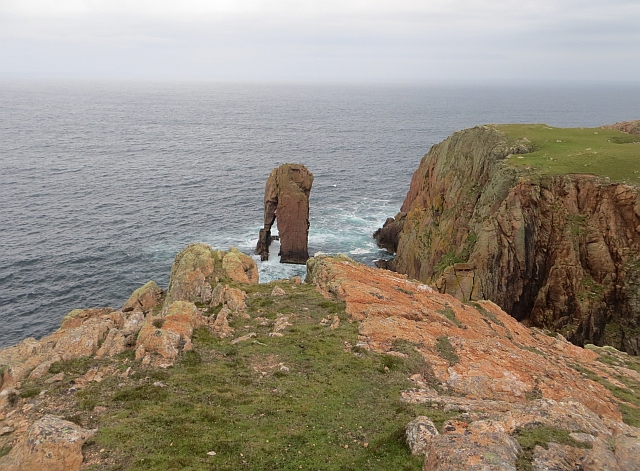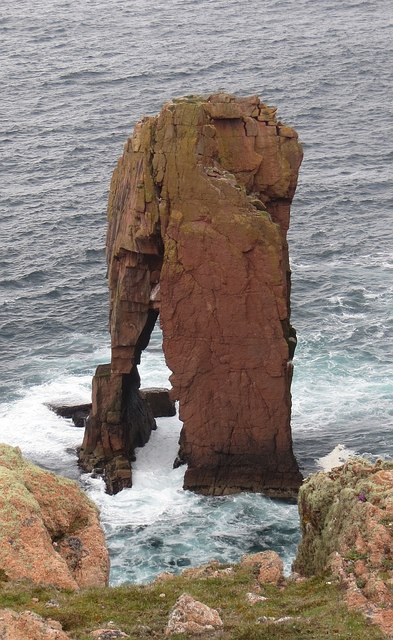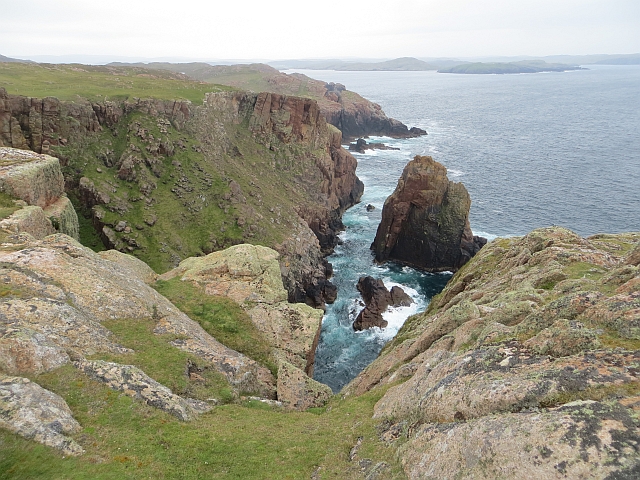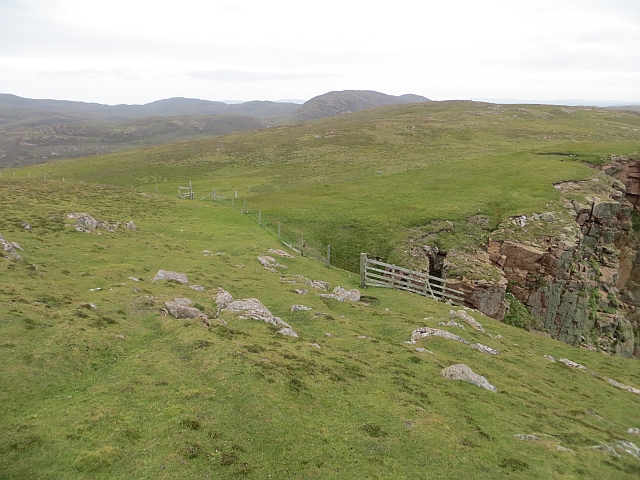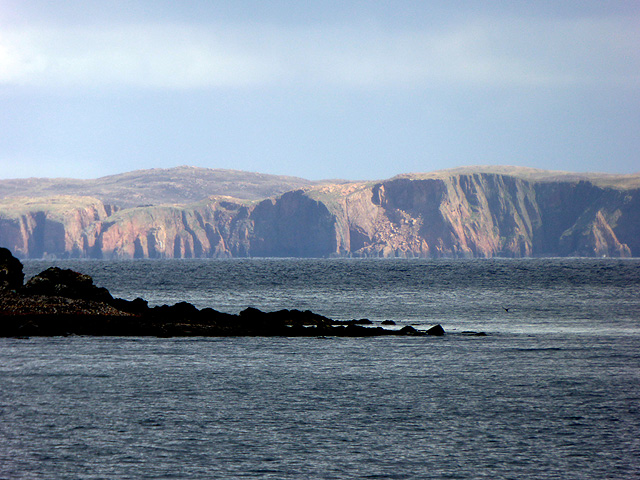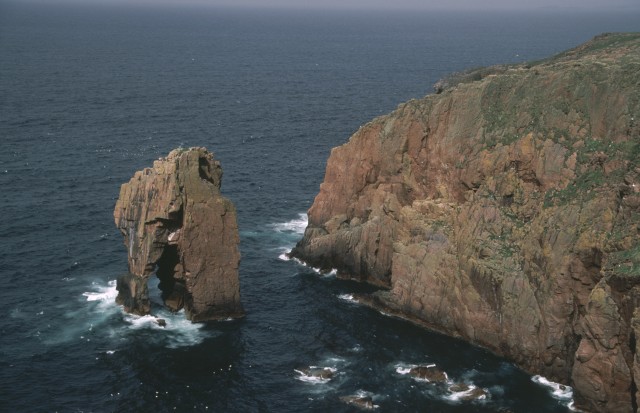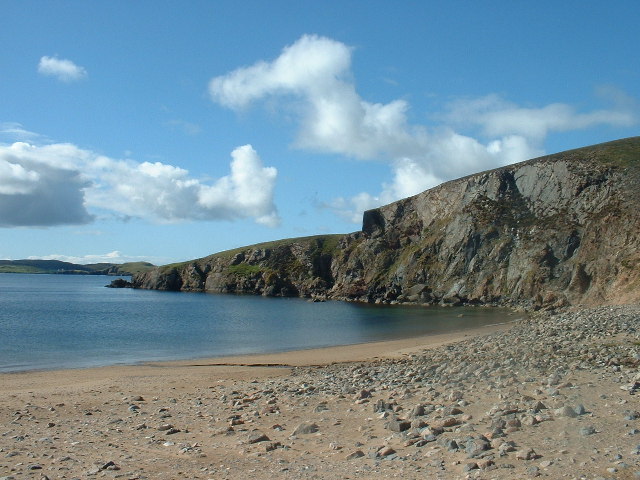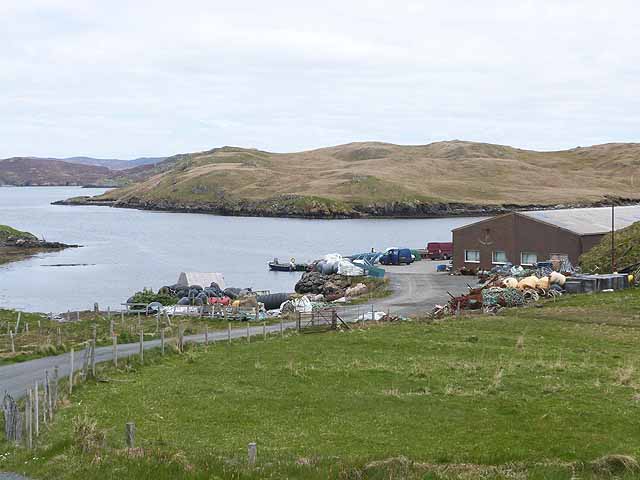Quilt Ness
Coastal Feature, Headland, Point in Shetland
Scotland
Quilt Ness
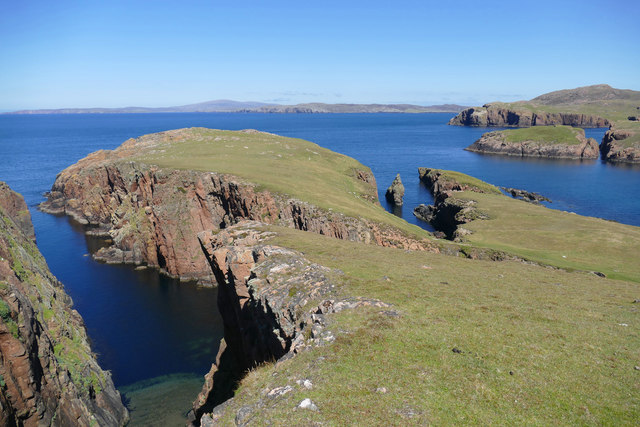
Quilt Ness is a prominent coastal feature located in the Shetland Islands, an archipelago in Scotland. Situated on the northeastern coast of the mainland, Quilt Ness is a headland that juts out into the North Sea, forming a distinctive point along the rugged coastline.
The name "Quilt Ness" is derived from the Old Norse word "kvalr," meaning whale, which reflects the area's historical association with whale hunting. This headland is characterized by its dramatic cliffs, which rise steeply from the sea, offering breathtaking views of the surrounding waters and coastline.
Quilt Ness is renowned for its natural beauty and the rich biodiversity it supports. The headland is home to a variety of seabirds, including gulls, puffins, and fulmars, which nest along its cliffs. The area's marine ecosystem is also thriving, with numerous species of fish, seals, and occasionally, whales and dolphins, being spotted in its waters.
In addition to its natural significance, Quilt Ness also holds cultural and historical value. The headland is believed to have been inhabited since ancient times, and archaeological evidence suggests that it may have served as a defensive fortification during the Iron Age. Today, remnants of these ancient structures can still be seen on the headland, providing insight into the island's early history.
Quilt Ness attracts visitors from near and far who come to appreciate its scenic beauty, explore its wildlife, and delve into its rich heritage. Whether it's birdwatching, coastal walking, or simply enjoying the stunning vistas, Quilt Ness offers a captivating experience for nature enthusiasts and history buffs alike.
If you have any feedback on the listing, please let us know in the comments section below.
Quilt Ness Images
Images are sourced within 2km of 60.361773/-1.4642141 or Grid Reference HU2964. Thanks to Geograph Open Source API. All images are credited.

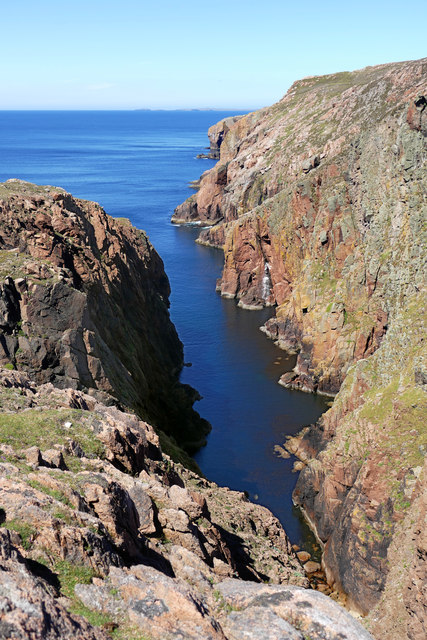
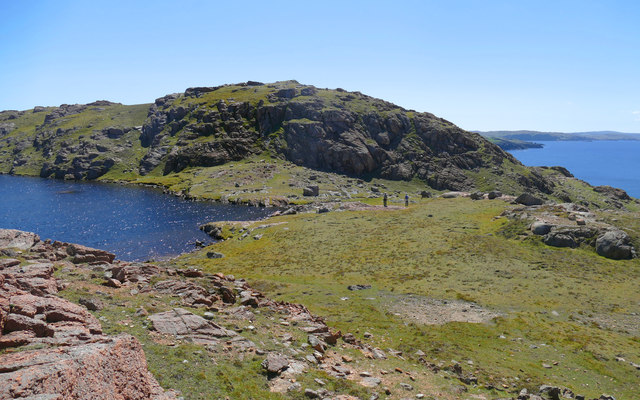
Quilt Ness is located at Grid Ref: HU2964 (Lat: 60.361773, Lng: -1.4642141)
Unitary Authority: Shetland Islands
Police Authority: Highlands and Islands
What 3 Words
///tradition.overheat.cages. Near Brae, Shetland Islands
Nearby Locations
Related Wikis
Muckle Roe
Muckle Roe is an island in Shetland, Scotland, in St. Magnus Bay, to the west of Mainland. It has a population of around 130 people, who mainly croft and...
Linga (near Vementry)
Linga is one of the Shetland Islands, near Vementry. It is one of many islands in Shetland called Linga. The island is uninhabited. == Geography and... ==
Vementry
Vementry (Old Norse: "Vemunðarey") is an uninhabited Scottish island in Shetland on the north side of the West Mainland, lying south of Muckle Roe. �...
Papa Little
Papa Little (Scots: Papa Little; Old Norse: Papey Litla, meaning "the little island of the priests") is an island in St Magnus Bay, Shetland, Scotland...
Linga, Busta Voe
Linga is a small, uninhabited island, 1 km (0.62 mi) east of Muckle Roe in the Shetland Islands. The island is roughly circular in shape and its highest...
Mavis Grind
Mavis Grind (Old Norse: Mæfeiðs grind or Mæveiðs grind, meaning "gate of the narrow isthmus") is a narrow isthmus joining the Northmavine peninsula to...
Busta Voe
Busta Voe, (HU665350), in the north central Mainland, Shetland, is a sea inlet lying between the village of Brae and the island of Muckle Roe. At the head...
Brindister, West Mainland
Brindister is a settlement on the West Mainland of Shetland, Scotland. It is within the parish of Sandsting, and on the western shore of Brindister Voe...
Have you been to Quilt Ness?
Leave your review of Quilt Ness below (or comments, questions and feedback).
